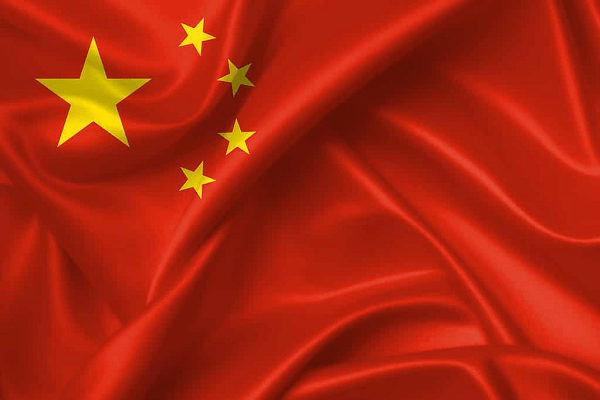

Amidst the backdrop of China’s impressive economic growth in the first quarter of 2024, the country’s pork industry is facing significant challenges. Despite overall stability and growth in the national economy, the pork sector has encountered hurdles that warrant attention and strategic planning.
In the first quarter, China’s agricultural sector witnessed a modest increase in the production of pork, beef, mutton, and poultry, amounting to 24.90 million tons, a rise of 1.4 percent compared to the previous year. However, the output of pork experienced a slight decline of 0.4 percent, signaling ongoing difficulties in the industry.
One notable concern is the decrease in the number of pigs registered in stock, which dropped by 5.2 percent year on year to 408.50 million. Additionally, the number of pigs slaughtered decreased by 2.2 percent in the first quarter, reflecting challenges in maintaining stable pork production levels.
These challenges are further exacerbated by external factors such as the ongoing impact of diseases like African Swine Fever and fluctuations in market demand and prices. Despite efforts to stabilize the pork industry, including government interventions and support measures, the sector continues to grapple with uncertainties and structural issues.
The implications of these challenges extend beyond the agricultural sector, affecting various stakeholders from farmers and producers to consumers and policymakers. As pork remains a staple food in China, any disruptions in its production and supply chain could have broader socio-economic consequences.
Moving forward, addressing the challenges faced by the pork industry will require a multi-faceted approach, including enhanced disease management strategies, investment in technological innovation, and policy reforms to support sustainable and resilient pork production. By prioritizing the resilience and stability of the pork sector, China can ensure food security and contribute to the overall strength and sustainability of its economy.




